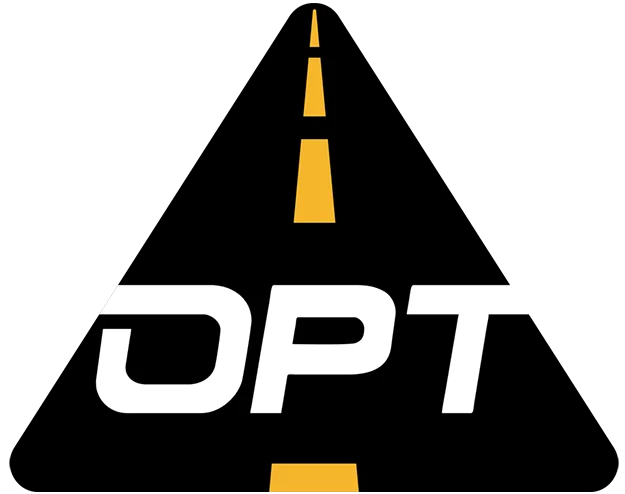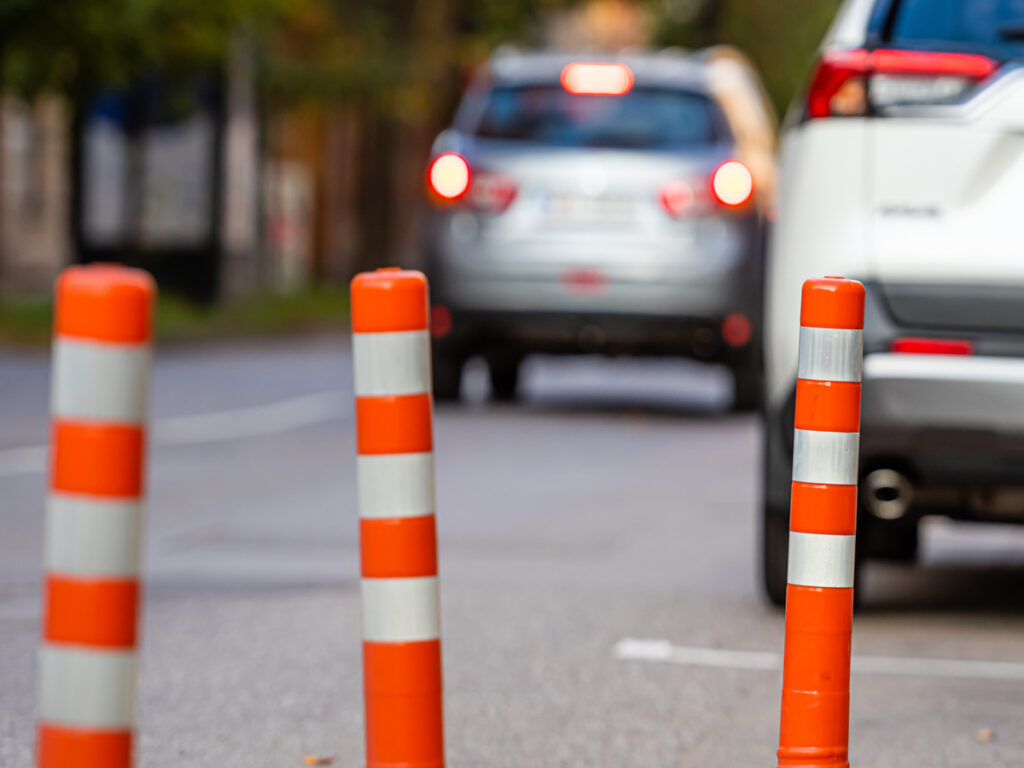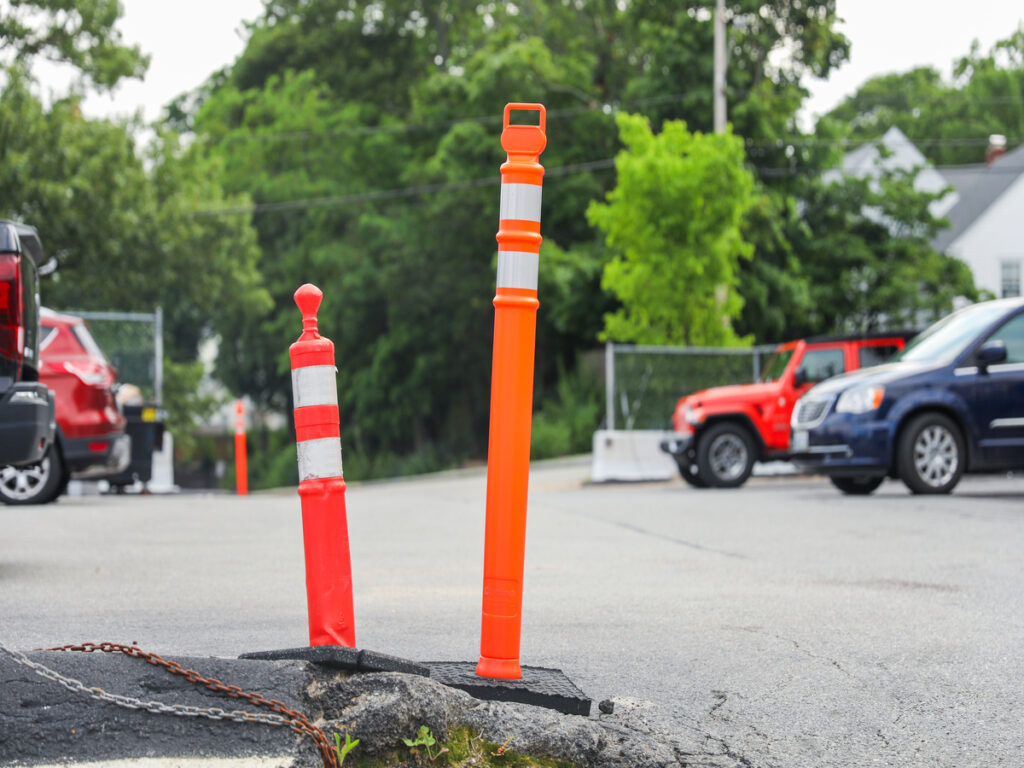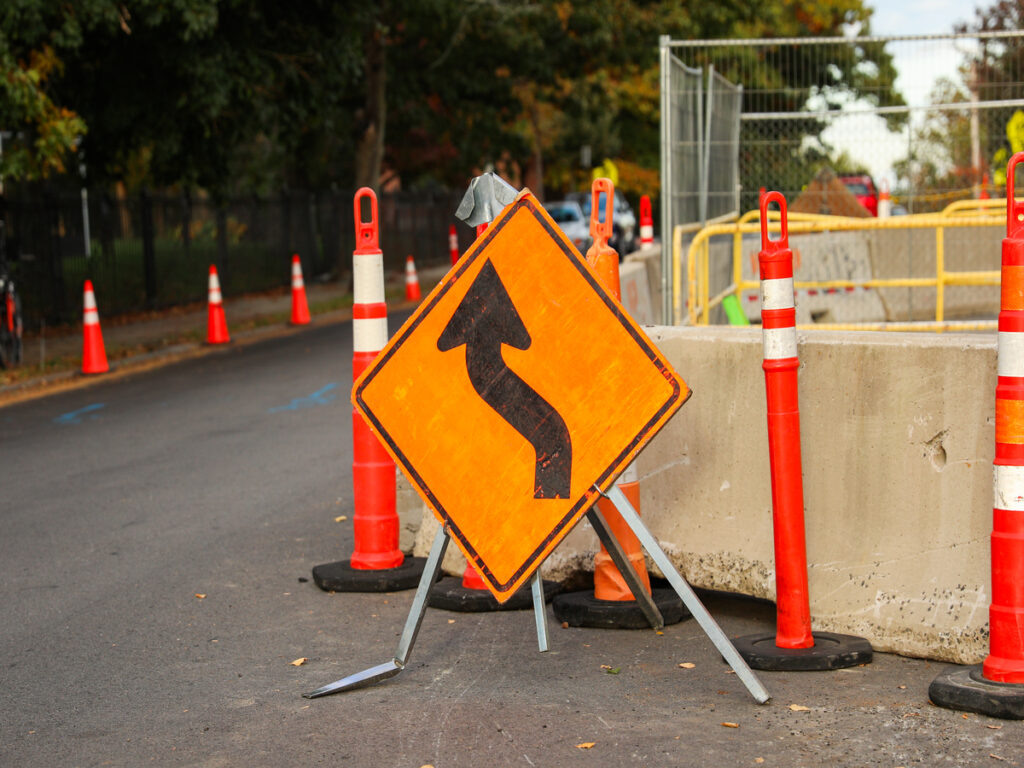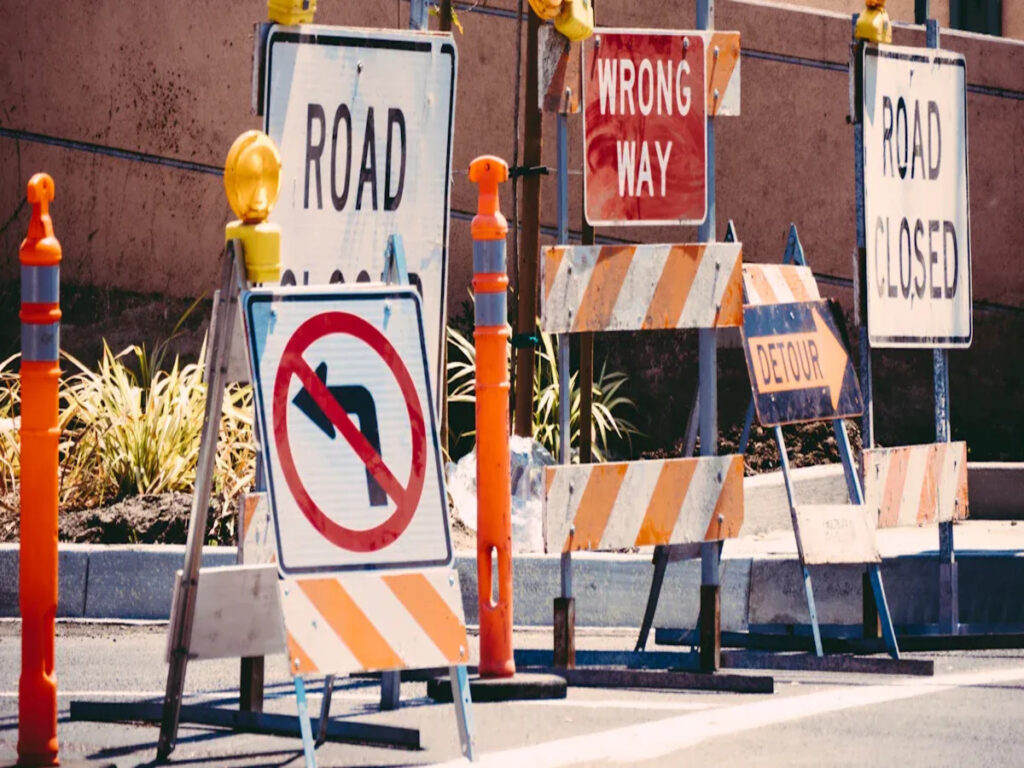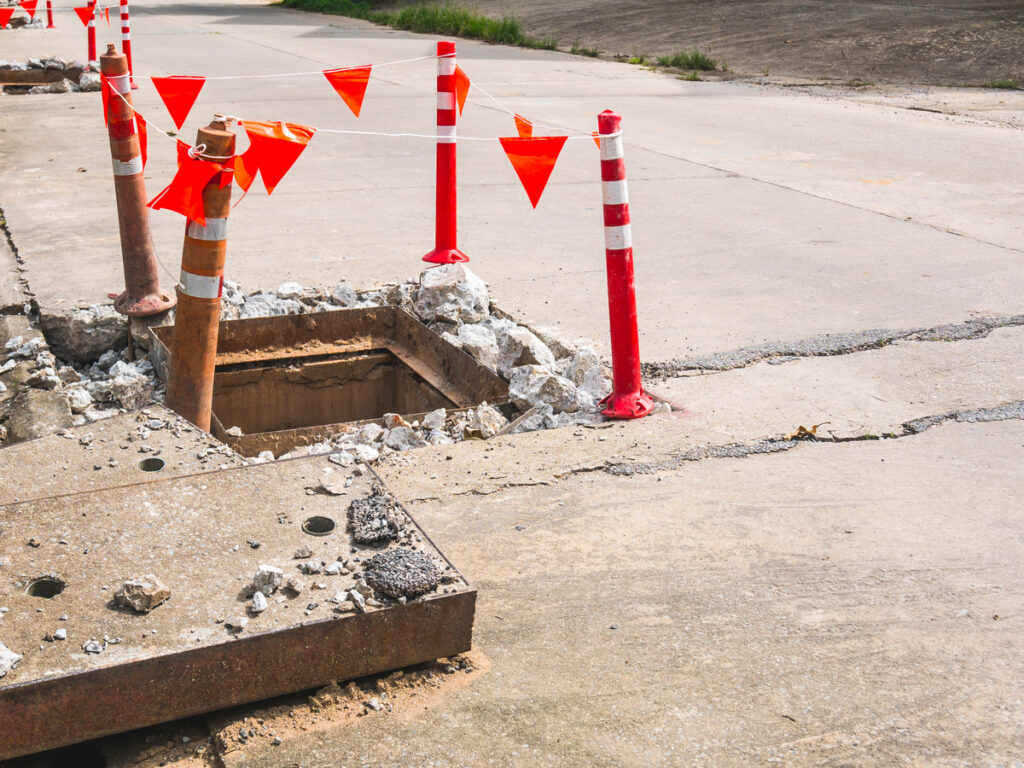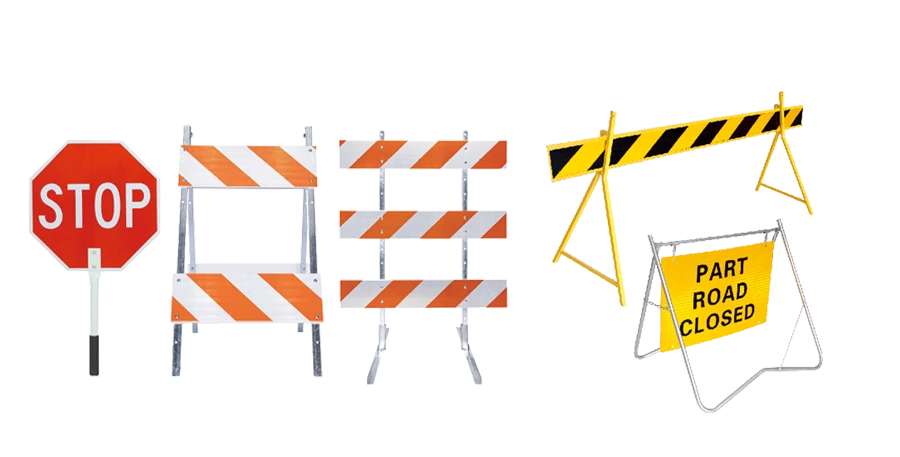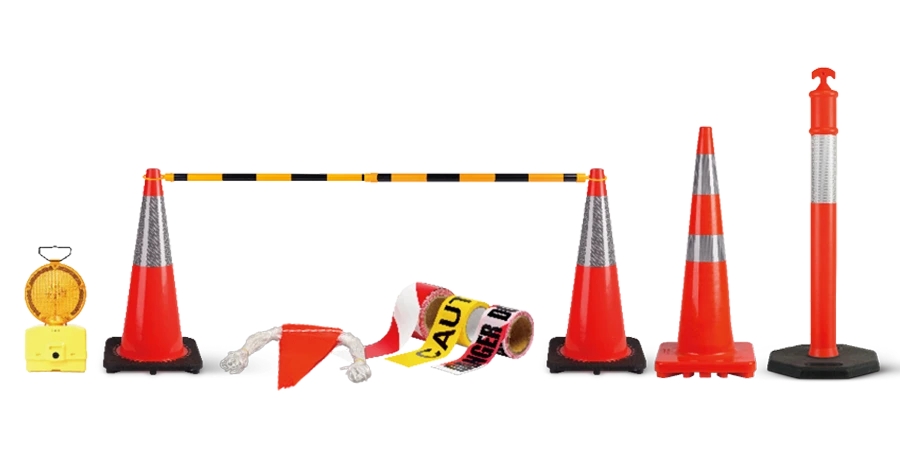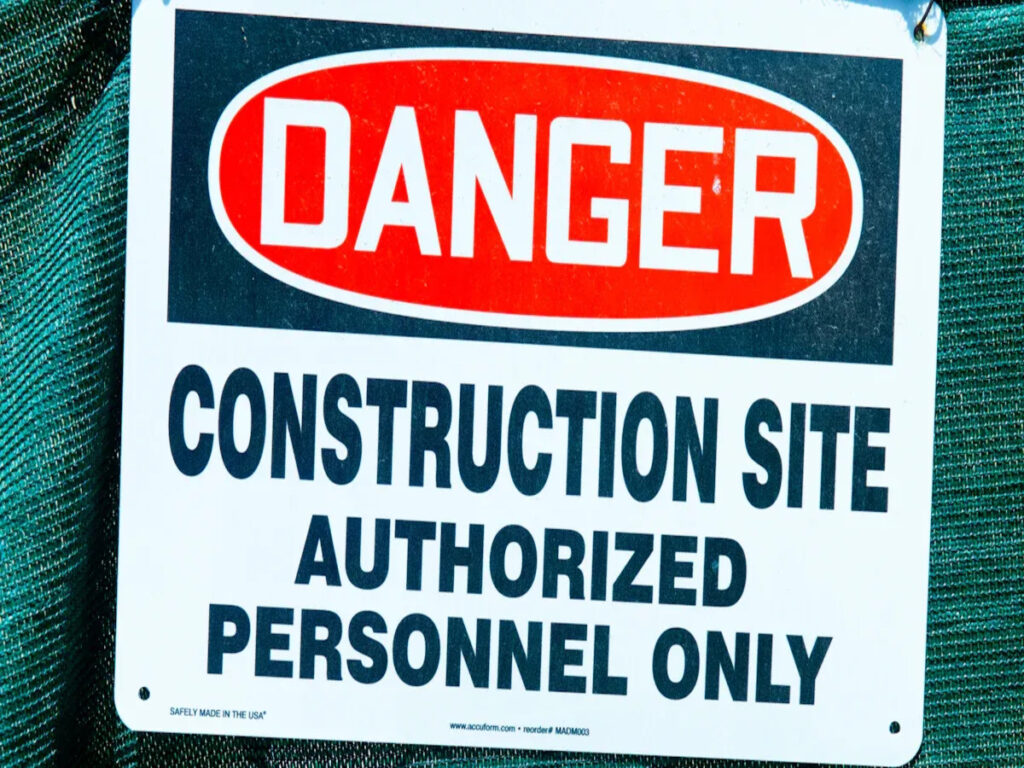
قد تسأل عن سبب أهمية علامات سلامة OSHA في العمل. تساعد قواعد ANSI Z535.2 و OSHA على ضمان عرض هذه العلامات بوضوح المخاطر وخطوات السلامة. يوفر ANSI Z535.2 إرشادات لإنشاء علامات السلامة, بينما تضمن OSHA استخدامها للحفاظ على أماكن عمل آمنة.
تشير الدراسات إلى أن البيئات التي تفتقر إلى علامات سلامة OSHA المناسبة تواجه المزيد من الحوادث. على سبيل المثال, وجدت الأبحاث في East Java العديد من العلامات لم تتوافق مع قواعد ANSI, مما يؤدي إلى ظروف غير آمنة. أشارت دراسة أخرى إلى أن علامات الخطر OSHA مع صياغة واضحة كانت أسهل في الفهم, مما ساعد الأفراد على اتباع القواعد والبقاء أكثر أمانًا. من خلال تنفيذ هذه المعايير, يمكنك تعزيز السلامة في مكان العمل وتجنب الانتهاكات القانونية.
يوفر Optraffic عالي الجودة علامات السلامة للبيع مصمم لتلبية معايير ANSI و OSHA. تساعد علامات Optraffic OSHA على ضمان السلامة في مكان العمل, تواصل واضح للمخاطر, والامتثال للوائح.
اتصل بنا اليوم لتعزيز السلامة والوضوح في مكان عملك.
الوجبات الرئيسية
- تعد علامات السلامة مهمة لوقف حوادث مكان العمل. علامات واضحة تساعد العمال على رؤية المخاطر والبقاء آمنين.
- يعطي ANSI Z535.2 قواعد لإعداد علامات السلامة الجيدة. استخدم الألوان المناسبة, صور, والكلمات لإظهار المخاطر بوضوح.
- تتأكد OSHA من اتباع قواعد علامة السلامة. تحقق وتحديث العلامات في كثير من الأحيان لتجنب المتاعب والبقاء آمن.
- إن وضع علامات السلامة في المواقع الصحيحة يساعد الناس على رؤيتهم. ضع العلامات على مستوى العين وقريبًا من الأخطار حتى يسهل ملاحظتها.
- من المهم للغاية رعاية علامات السلامة. انظر إلى العلامات في كثير من الأحيان عن الأضرار وإصلاحها أو استبدالها للحفاظ على آمنة الجميع.
ما هو ANSI Z535.2?
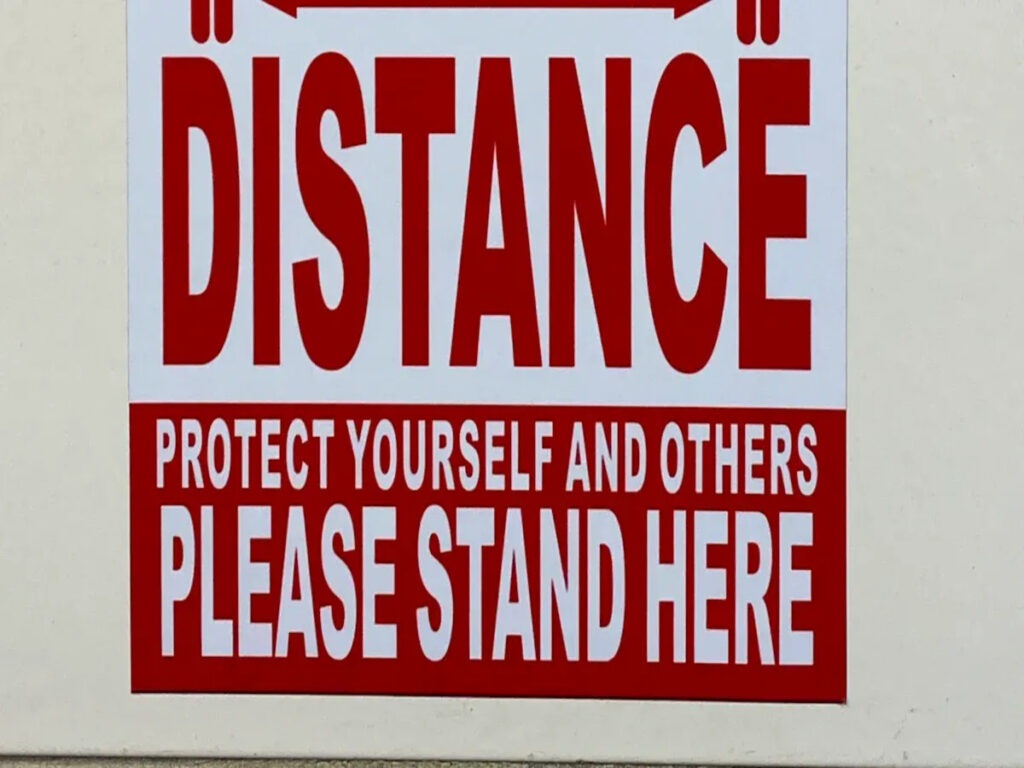
نظرة عامة على معيار ANSI Z535.2 لعلامات السلامة
Ansi Z535.2 هي قاعدة لجعل علامات السلامة في الولايات المتحدة. يساعد علامات السلامة على إظهار المخاطر وخطوات السلامة بوضوح لحماية العمال. تركز هذه القاعدة على تسهيل رؤية العلامات وفهمها.
تحتوي قاعدة ANSI Z535.2 على أجزاء مهمة لجعل العلامات أفضل. وتشمل هذه كيف تبدو علامات السلامة, الألوان, كلمات, تَخطِيط, الرموز, وكم من الوقت يستمرون. فيما يلي جدول يوضح هذه الأجزاء:
| عنصر | وصف |
|---|---|
| تصميم علامة السلامة | يشرح كيف يجب أن تبدو العلامات, بما في ذلك الألوان والرموز. |
| رموز الألوان | يروي الألوان التي تعني الخطر, حذر, أو السلامة. |
| كلمات إشارة | يوضح كيف مثل الكلمات “خطر” أو “تحذير” شرح المخاطر. |
| النص والتخطيط | يعطي نصائح عن حجم النص, الخط, وكيف يتم ترتيب العلامات. |
| الرموز | يستخدم الرموز التي يمكن للجميع فهمها بسهولة. |
| المتانة والصيانة | يقول ما هي علامات المواد التي تحتاجها لتستمر لفترة طويلة. |
باستخدام هذه القواعد, يمكن أن تكون علامات السلامة واضحة ومفيدة.
الغرض من ANSI Z535.2: تحديد المخاطر والتواصل
الهدف الرئيسي من ANSI Z535.2 هو إظهار مخاطر مكان العمل بوضوح. يتأكد من أن علامات تعطي خطوات سهلة المتابعة لتجنب الحوادث. على سبيل المثال, يستخدم ألوانًا مثل اللون الأحمر للخطر, أصفر للحذر, والأخضر من أجل السلامة. كلمات مثل “خطر” أو “تحذير” اشرح مدى خطورة المخاطر.
يستخدم ANSI Z535.2 أيضًا رموزًا يمكن للناس في جميع أنحاء العالم فهمها. تساعد هذه الرموز حتى لو لم يتحدث شخص ما اللغة. اتباع هذه القاعدة يجعل أماكن العمل أكثر أمانًا للجميع.
الميزات الرئيسية لمعايير علامة السلامة ANSI
تحتوي قواعد علامة السلامة ANSI على ميزات لتوضيح العلامات واضحة وسهلة القراءة. هذه الميزات تساعد الناس على فهم المخاطر بسرعة. وتشمل الميزات المهمة:
- رموز الألوان: الأحمر يعني الخطر, يظهر الأصفر الحذر, والخضراء تعني السلامة.
- كلمات إشارة: كلمات مثل “خطر” أو “تحذير” اشرح مدى خطورة المخاطر.
- النص والتخطيط: تتأكد القواعد من أن النص كبير بما يكفي للقراءة بسهولة.
- الرموز: الرموز بسيطة ومفهومة من قبل الجميع.
- متانة: يجب أن تستمر العلامات وتبقى مفيدة في الظروف الصعبة.
هذه الميزات تجعل علامات السلامة أفضل في إظهار المخاطر. يمكن أن يؤدي استخدام هذه القواعد إلى خفض المخاطر والحفاظ على أماكن العمل أكثر أمانًا.
متطلبات علامة السلامة من OSHA
دور OSHA في السلامة في مكان العمل
إدارة السلامة والصحة المهنية يساعد في الحفاظ على أماكن العمل آمنة من خلال تطبيق قواعد علامة السلامة. هذه القواعد تجعل أرباب العمل يستخدمون علامات واضحة لإظهار الأخطار. تستخدم OSHA معايير ANSI Z535, لذلك يمكن للشركات تحديث العلامات دون مشكلة. هذا يضمن أن العلامات تشرح المخاطر وكيفية البقاء آمنة, مساعدة جميع العمال.
قواعد علامة السلامة من OSHA الحوادث المنخفضة في مكان العمل. علامات موحدة تساعد العمال على اكتشافها بسرعة وتجنب المخاطر. على سبيل المثال, تستخدم علامات ANSI Z535.2 الجديدة المزيد من الألوان والرموز. هذا يحسن التواصل المخاطر في العديد من الصناعات.
بند الرسوم العامة وتأثيره على الامتثال لعلامة السلامة
ال بند الواجب العام يقول أن أماكن العمل يجب أن تكون خالية من الأخطار المعروفة. يتطلب من أرباب العمل استخدام العلامات المناسبة للتحذير من المخاطر. في 2018, 1.5% من انتهاكات OSHA كانت من هذا البند, تظهر أهميتها.
يجب على أرباب العمل اتباع قواعد OSHA للحصول على علامات السلامة لتجنب الغرامات. إن التحقق من علامات السلامة للبيع غالبًا ما يكون مفتاحًا للبقاء متوافقًا. علامات السلامة المكسورة أو القديمة يمكن أن تسبب انتهاكات وحوادث. بعد البند يخلق أماكن عمل أكثر أمانًا وتجنب القضايا القانونية.
معايير علامة السلامة OSHA لمخاطر محددة
لدى OSHA قواعد لعلامات المخاطر المختلفة لإبقائها واضحة. هذه القواعد تتطابق مع إرشادات ANSI من أجل الاتساق. يوضح الجدول أدناه قواعد علامة OSHA وكيف يتوافقون مع Ansi:
| نوع علامة | متطلبات OSHA | توصيات ANSI |
|---|---|---|
| علامات الخطر | أحمر, أسود, والأبيض | تطابق ANSI Z53.1-1967 و Z535.1-2006(R2011) |
| علامات تحذير | خلفية صفراء, الحروف السوداء | تطابق ANSI Z53.1-1967 و Z535.1-2006(R2011) |
| تعليمات السلامة | خلفية بيضاء, الحروف الخضراء | تطابق ANSI Z53.1-1967 و Z535.1-2006(R2011) |
| علامات التحذير | غير مطلوب من قبل OSHA, ولكن اقترح | الحروف السوداء على خلفية برتقالية |
| إشعار علامات | غير مطلوب من قبل OSHA, ولكن اقترح | لمعلومات السلامة غير الضارة |
تشدد OSHA أيضًا على استخدام الألوان والأشكال في العلامات. الأحمر يعني الخطر, والأصفر يعني الحذر. هذه الصور المرئية تساعد العمال على فهم المخاطر بسرعة. باتباع قواعد OSHA, يمكن لأماكن العمل استخدام العلامات للحفاظ على أمان الجميع.
الاختلافات الرئيسية بين معايير ANSI Z535.2 ومعايير علامة السلامة OSHA

مقارنة معايير علامة السلامة ANSI ولوائح OSHA
قد تتساءل كيف تختلف قواعد Ansi و OSHA. الفرق الرئيسي هو إنفاذ القابلية. قواعد ANSI اختيارية, لكن قواعد OSHA مطلوبة. غالبًا ما تستخدم OSHA قواعد ANSI في لوائحها الخاصة. على سبيل المثال, حكم OSHA 1910.145 له ثلاثة أنواع العلامات: خطر, حذر, وتعليم السلامة. يضيف Ansi نوعين آخرين: تحذير وإشعار, أي OSHA لا يتطلب.
بدأت قواعد OSHA من معايير ANSI التي تم إجراؤها قبل الحرب العالمية الأولى. تقوم ANSI بتحديث قواعدها لتضمين الرموز والرسائل الأكثر وضوحًا. تساعد هذه التحديثات OSHA على الحفاظ على علامات مفيدة وحديثة. يمكن أن يؤدي تجاهل قواعد ANSI التي تستخدمها OSHA إلى عقوبات. يتبع أحدث قواعد ANSI سلامة أفضل من قواعد OSHA القديمة.
كيف تكمل معايير ANSI و OSHA بعضها البعض
يعمل Ansi و OSHA معًا لتحسين السلامة. ANSI يقدم قواعد تصميم علامة تفصيلية, وتنفرض OSHA استخدامها. هذا العمل الجماعي يتأكد من أن علامات السلامة عملية وتتبع القانون. يمكن لـ OSHA تبني قواعد ANSI, تضمينهم في قوانينها, أو اتصل بهم أفضل الممارسات. هذا العمل الجماعي يخلق قواعد أمان واضحة لأماكن العمل.
يساعد كل من قواعد ANSI و OSHA أماكن العمل على إظهار الأخطار بوضوح. هذا العمل الجماعي يقلل من الارتباك ويحسن السلامة. كما أنه يساعد العمال على فهم المخاطر بشكل أفضل, جعل أماكن العمل أكثر أمانًا للجميع.
التحديات في مواجهة امتثال ANSI و OSHA
بعد كل من قواعد ANSI و OSHA يمكن أن يكون صعبًا. يمكن أن تسبب الاختلافات بينهما الارتباك. قد لا يتم تحديث قواعد OSHA بالسرعة التي تقل بها ANSI. هذا يمكن أن يخلق مشاكل للصناعات التي تحاول متابعة كليهما. سوء فهم هذه الاختلافات يمكن أن تؤدي إلى غرامات OSHA.
لتجنب المشاكل, تحقق من قواعد ANSI و OSHA في كثير من الأحيان. يساعدك البقاء على تحديث في مطابقة علاماتك مع القواعد الحالية. هذا التخطيط الدقيق يقلل من المخاطر ويبقي أماكن العمل أكثر أمانًا.
كيف تتبع قواعد ANSI Z535.2 و OSHA
اختيار علامات سلامة OSHA التي تتبع قواعد ANSI
يعد اختيار علامات السلامة المناسبة أمرًا مهمًا للغاية. يجب أن يتبعوا قواعد ANSI و OSHA. اختر العلامات التي تظهر المخاطر بوضوح وتقديم خطوات بسيطة للبقاء آمنًا. يقترح Ansi استخدام الرموز والألوان التي يعرفها الجميع. على سبيل المثال, الأحمر يعني الخطر, الأصفر يعني الحذر, والخضراء تعني السلامة. هذه الألوان تساعد العمال على فهم المخاطر بسرعة والتصرف بسرعة.
فكر في مدى خطورة الخطر عند اختيار العلامات. يستخدم “خطر” علامات على المخاطر التي قد تسبب الوفاة أو ضرر خطير. “تحذير” العلامات لمخاطر كبيرة, بينما “حذر” العلامات لمخاطر أصغر. “يلاحظ” تشترك العلامات في نصائح مفيدة, مثل قواعد النظافة. “تعليمات السلامة” العلامات تقدم نصيحة للسلامة العامة. اتباع قواعد تصميم ANSI تتأكد من تلبية علاماتك معايير ANSI و OSHA.
كيفية وضع علامات السلامة بشكل صحيح
من المهم للغاية وضع علامات السلامة في المكان الصحيح. يجب أن تكون علامات السلامة سهلة رؤيتها وبالقرب من الخطر. على سبيل المثال, يضع “خطر” علامات بالقرب من الآلات أو المواد الكيميائية. يقول أنسي إن العلامات يجب أن تكون واضحة, لذا ضعها على مستوى العين وابقيها مرئية.
استخدم مواد قوية للعلامات, خاصة خارج أو في أماكن صعبة. يجب أن تستمر علامات السلامة وتظل قابلة للقراءة. لا تضع الكثير من علامات السلامة في مكان واحد, لأنه يمكن أن يخلط بين الناس. يساعد الموضع الجيد للعمال على فهم المخاطر واتباع قواعد علامات السلامة OSHA.
التحقق من علامات السلامة وتثبيتها في كثير من الأحيان
إن التحقق من علامات السلامة يبقي أماكن العمل آمنة ويتبع القواعد. انظر إلى علامات السلامة للبيع في كثير من الأحيان لمعرفة ما إذا كانت تضررت أو تلاشى. استبدل علامات السلامة التي يصعب قراءتها أو كسرها. يقول أنسي لاستخدام مواد قوية, لكن حتى علامات السلامة الجيدة تحتاج إلى رعاية.
تحقق من علامات السلامة أثناء فحوصات السلامة للتأكد من أنها لا تزال تعمل. تحديث علامات السلامة للبيع إذا تغيرت المخاطر أو القواعد. يمكن أن يؤدي تجاهل العناية بالشُل إلى كسر قواعد OSHA ويتسبب في الحوادث. عن طريق التحقق في كثير من الأحيان, أنت تبقي الجميع أكثر أمانًا.
إن معرفة واستخدام قواعد ANSI Z535.2 و OSHA تساعد علامات السلامة على العمل بشكل جيد. هذه العلامات تبقي العمال آمنين وتظهر أنك تهتم بالسلامة. غالبًا ما يكون فحص العلامات وتثبيتها أمرًا مهمًا جدًا. تقول OSHA إن غرامات للأخطاء الشائعة ارتفعت 30%, إظهار سبب أهمية القواعد.
تغيير علامات السلامة القديمة له العديد من المزايا:
- علامات السلامة الواضحة تتوقف عن الارتباك وتساعد على منع الحوادث.
- اتباع القواعد الجديدة يقلل من فرصة التعرض للمشاكل.
- يجري التحديث جاهزًا لمكان عملك للتغييرات المستقبلية.
باتباع هذه القواعد, تجعل العمل أكثر أمانًا وتجنب المشاكل.
يمكن أن تختلف معايير السلامة بشكل كبير في جميع أنحاء العالم. لمعرفة المزيد حول معايير اللافتات العالمية, تحقق من مدونتنا: “الاختلافات في علامات السلامة المرورية عبر البلدان والمناطق“. باتباع هذه القواعد, أنت تجعل مكان عملك أكثر أمانًا وتجنب المشاكل المحتملة.
التعليمات
لماذا تحتاج أماكن العمل إلى علامات السلامة?
تُظهر علامات السلامة المخاطر وتقدم خطوات واضحة للبقاء آمنًا. يستخدمون الألوان, صور, والكلمات لشرح المخاطر. هذا يساعد على إبقاء الجميع آمنين في العمل.
كيف تختلف قواعد ANSI و OSHA عن علامات السلامة?
يقدم ANSI قواعد لكيفية ظهور علامات السلامة. تتأكد OSHA من أن أماكن العمل تتبع هذه القواعد للبقاء آمنًا. يركز ANSI على التصميم, بينما تتحقق OSHA من متابعة القواعد.
لماذا الصور على علامات السلامة مهمة?
الصور تجعل علامات السلامة سهلة الفهم للجميع. إنهم يساعدون الناس على رؤية الأخطار بسرعة, حتى لو كانوا لا يعرفون اللغة. هذا يقلل من فرصة الحوادث.
كم مرة يجب فحص علامات السلامة?
تحقق من علامات السلامة في كثير من الأحيان للتأكد من أنها واضحة. لا يمكن أن تظهر العلامات المكسورة أو الباهتة المخاطر جيدًا وقد تسبب ضررًا.
هل يمكن لعلامات السلامة القديمة أن تسبب مشاكل?
نعم, يمكن لعلامات السلامة القديمة كسر قواعد OSHA. تحديث العلامات تبقي أماكن العمل آمنة وتجنب الغرامات. كما أنه يساعد على تلبية قواعد السلامة الحالية.
